Remembering a time when "Singing drowned out the sound of bombs"
Meritorious Artist Le Ngai (real name Nguyen Thi Ngai) has been a respected and familiar judge at Quan Ho folk singing competitions for many years. Immersed in the tender, melodious tunes sung by young singers in the heart of Kinh Bac, the poignant line "Oh, my dear, please don't leave" resonates, transporting her back to a special afternoon on the Truong Son front lines.
“I was honored to be chosen as one of the five girls from the Ha Bac Mobile Performing Arts Troupe to serve in the Southern battlefield. We performed along the Truong Son mountain range, through fierce battlefronts such as North Quang Tri , Monkey Pass, Savannakhet (Laos), and the Route 9-Southern Laos Front… That afternoon, Comrade Pham Tien Duat invited me to sing at the Propaganda Department's hut of the Command Headquarters. I sang several songs: “Sitting Leaning Against the Boat,” “Threading the Needle,” “My Dear, Don't Leave”… The whole hut was filled with laughter and applause. After I finished singing, some soldiers joked: “We’re not going home, we’ll only leave when the Quan Ho folk singers return.” We served everyone we met, sometimes through the communication system, performing 5 to 7 shows a day. Whenever we saw soldiers, we served them without getting tired,” Mrs. Ngai slowly recalled.
|
Meritorious Artist Le Ngai (seated furthest to the right) plays a key role in leading the traditional Quan Ho folk singing performance along with other male and female singers from her hometown. |
Half a century after the country's reunification, Sister Le Ngai, who once sang Quan Ho folk songs in the Truong Son mountains, is now 74 years old. Despite her twilight years and graying hair, her smile remains bright, her eyes optimistic, and her voice, resonant, rich, and soulful, is as smooth and profound as ever. For her, Quan Ho is not just a passion, but an inseparable part of her being, a mission to continue this precious legacy left by her ancestors.
Born into a family rich in cultural traditions in Ngang Noi village (now part of Hien Van commune, Tien Du district, Bac Ninh province), a region with one of the oldest Quan Ho folk singing traditions in Kinh Bac, Le Ngai grew up surrounded by the sweet melodies of Quan Ho. In 1969, instead of pursuing a teaching degree as planned, Le Ngai was unexpectedly asked by her father, artist Nguyen Duc Soi, to join the Ha Bac Quan Ho Folk Song Troupe (artist Nguyen Duc Soi was one of the founders of the Ha Bac Quan Ho Folk Song Troupe, now the Bac Ninh Quan Ho Folk Song Theatre). At the end of 1970, Le Ngai joined the Ha Bac Mobile Performing Arts Troupe, bringing her singing to the battlefields of Southern Vietnam.
"Back then, I was young and full of enthusiasm; I was determined to volunteer even if it meant sacrificing myself," Mrs. Ngai confided.
The performance that left the deepest impression on Le Ngai was the one she gave to the 59th Battalion, where she played a 70-year-old mother. As soon as the play ended, a soldier driving a vehicle ran up and hugged Le Ngai, his eyes welling up with tears: “Mom, how old are you this year?” Le Ngai innocently replied: “Sir, I’m 18.” He burst into tears: “Oh Mom, you’re 18 but you look so much like my 70-year-old mother… I thought I was meeting her.” Before parting ways, he instructed: “If you go to the North first, visit my mother and tell her you met me on the battlefield…”
Times of being close to death.
When she entered the front lines, Le Ngai was only 18 years old. Witnessing firsthand the devastation caused by bombs and bullets, the jagged rocks and burnt trees, the Quan Ho folk singer truly felt the brutality of war. From the end of 1970 to the end of 1971, Le Ngai's performing arts troupe traveled along the Truong Son trail, performing on various fronts to boost the morale of soldiers and the people. One of the most moving memories for Le Ngai was performing for wounded soldiers at a treatment hill on the Route 9-Southern Laos front. Witnessing hundreds of wounded soldiers, some missing limbs, others with bandages covering their heads and countless wounds, the entire troupe was devastated and heartbroken. When they saw the performing arts troupe arrive, the soldiers struggled to sit up to listen to the singing. “We sang traditional Vietnamese folk songs like cheo and quan ho, performed plays, and recited poetry. Listening to the songs and poems about our homeland, everyone was moved by homesickness and longing for home. After the performances, seeing that the soldiers' clothes were all torn, with not a single intact garment left, the women in the troupe sat down and mended each shirt and pair of pants for them. While performing for them, I couldn't hold back my tears, and many soldiers cried along with me. They cried because they cared for each other and because they shared a deep longing for home,” she recounted, wiping away tears.
On the battlefield, the line between life and death was breathtakingly thin, and the female performer was no exception: "Once, I and a woman in the troupe fell into a bomb crater. We tried to climb out but couldn't; we slipped back down just as we reached the edge of the crater. At that moment, there was an air raid warning from American reconnaissance planes. We panicked, our faces pale. Luckily, a man in the troupe managed to pull each of us up so we could run to the bomb shelter."
Completely devoted to Quan Ho folk music.
In his essay "The Profound Shadow of a Person," writer Do Chu recounts an experience listening to Quan Ho folk singing with friends at a house with a flower trellis in Bac Ninh city. The singers were the renowned duo Le Ngai and Minh Phuc (Meritorious Artist Minh Phuc, mother of People's Artist Tu Long), two famous artists from the Quan Ho region, belonging to the "pioneering generation" who worked alongside artisans in ancient Quan Ho villages. For many years, they preserved this precious heritage while performing on the professional stage at the Bac Ninh Quan Ho Folk Song Theatre. Even after leaving the theatre, they returned to the space from which they had come. In fact, even though they spent their youth with the troupe, they never truly escaped the spirit and essence of their homeland.
For many years, in that small house, the sound of singing has regularly echoed every day. There, Ms. Ngai meticulously corrected each word and melody, occasionally nodding and smiling when she heard a perfectly clear and resonant rendition from the young singers. She also regularly takes the bus to teach singing at the Bac Giang College of Culture, Sports and Tourism and the Bac Ninh College of Culture and Arts. Meritorious Artist Le Ngai said that she only hopes to have the health to continue "sharing her knowledge" with her middle-aged and young students; to pass on the "flames" of Quan Ho folk singing to the next generation of preservers, most notably her student who has become famous - People's Artist Thuy Huong...
Spending hours beside the ancient Quan Ho folk songs of Ngang Noi village, the hometown of singer Le Ngai, listening to her sing, my heart was stirred. Quan Ho has songs that are rare, unique, and difficult. They are rare and unique because, although they have existed for a long time, they are rarely performed, partly because they are difficult due to their "winding," "complex" melodies, long duration, and the high demands on vocal quality, health, and memory. Le Ngai had memorized such songs since her youth, learning from the elders, and traveling throughout the countryside to collect ancient Quan Ho songs. As a result, more than 200 melodies with nearly 600 ancient lyrics have been restored – a precious treasure that the Ministry of Culture, Sports and Tourism respectfully awarded a certificate of merit to Meritorious Artist Le Ngai. Her collections and performances contributed to the dossier of Quan Ho heritage, which was honored by UNESCO as an Intangible Cultural Heritage of Humanity 16 years ago. Those long, flowing melodies are often sung by her alone, and occasionally for international researchers studying Quan Ho culture and heritage to record. According to Meritorious Artist Le Ngai, Quan Ho is not just about singing; its roots lie in etiquette, in the way of life, and in the way of behaving within "Quan Ho culture," something she always emphasizes to her students.
Recalling the world-recognized heritage of her homeland, Meritorious Artist Le Ngai couldn't help but be moved when thinking about her father, the renowned artist Nguyen Duc Soi: “My father often said during his lifetime: ‘Quan Ho is very precious, my children, and the whole world will eventually know about it because it's so beautiful and unique.’ Quan Ho has given me many things, but the greatest is love. My love for Quan Ho is also my love for the folk songs, my homeland, the place where I was born and raised. Sometimes I think to myself, if there were no Quan Ho, I don't know what I would do. Art has become deeply ingrained in my blood, so even though there are difficulties, I am determined to overcome them to preserve that love forever.”
Source: https://www.qdnd.vn/phong-su-dieu-tra/cuoc-thi-nhung-tam-guong-binh-di-ma-cao-quy-lan-thu-16/hon-nua-the-ky-truyen-lua-di-san-quan-ho-831196


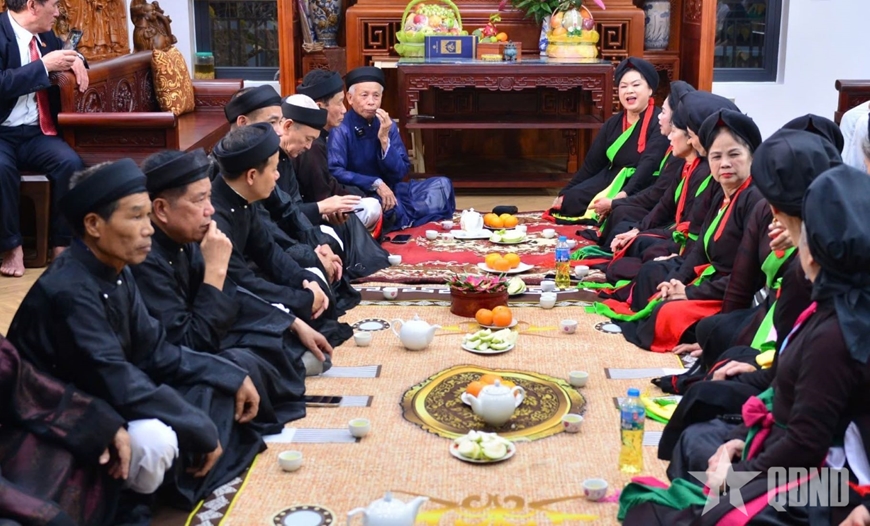






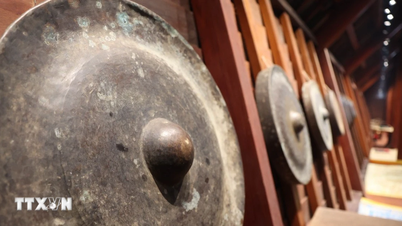

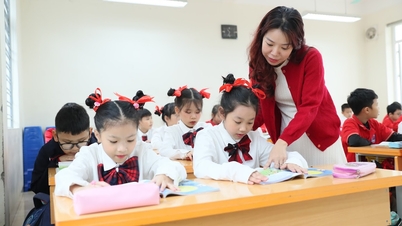

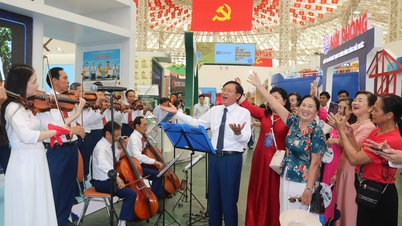

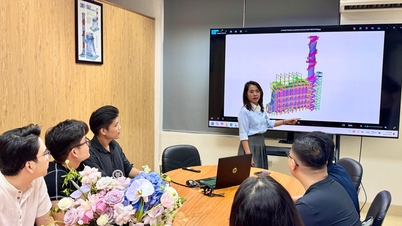











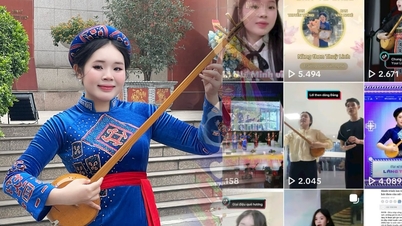


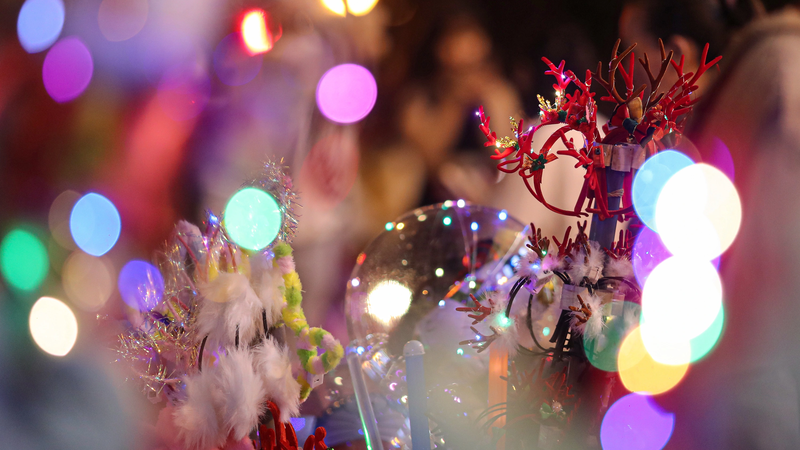
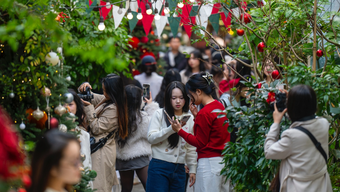











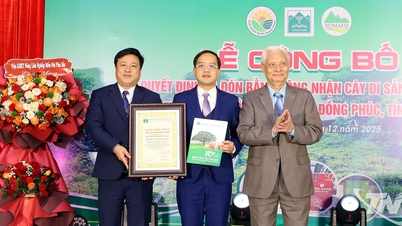




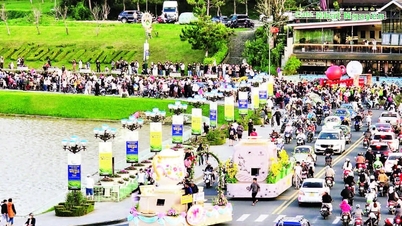

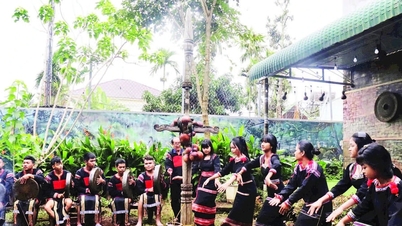





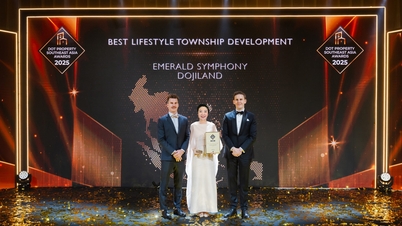







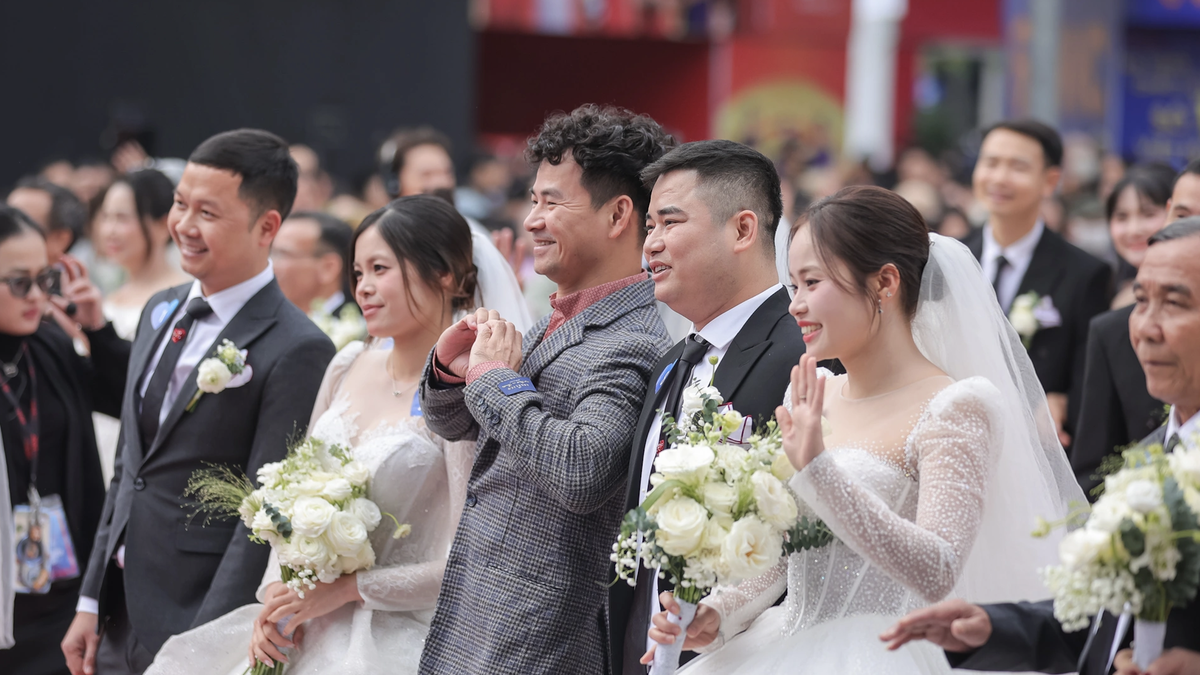
















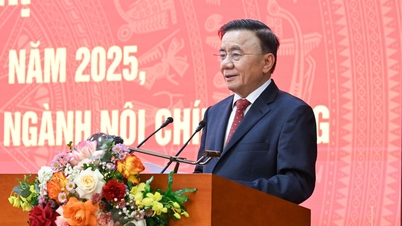






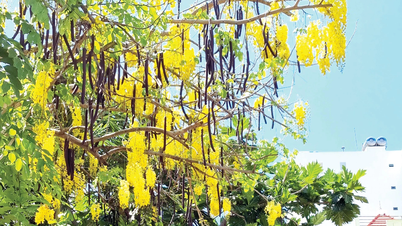

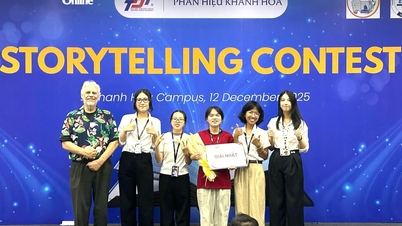
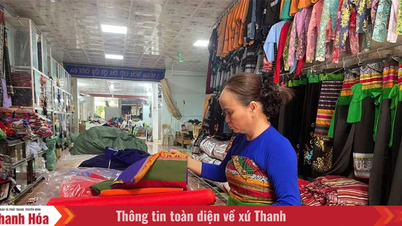

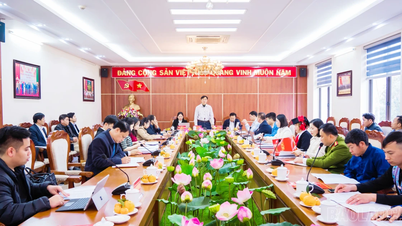



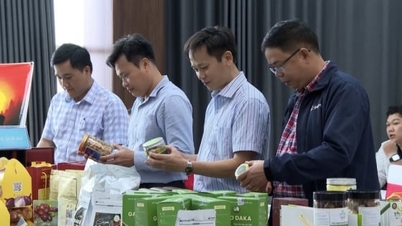








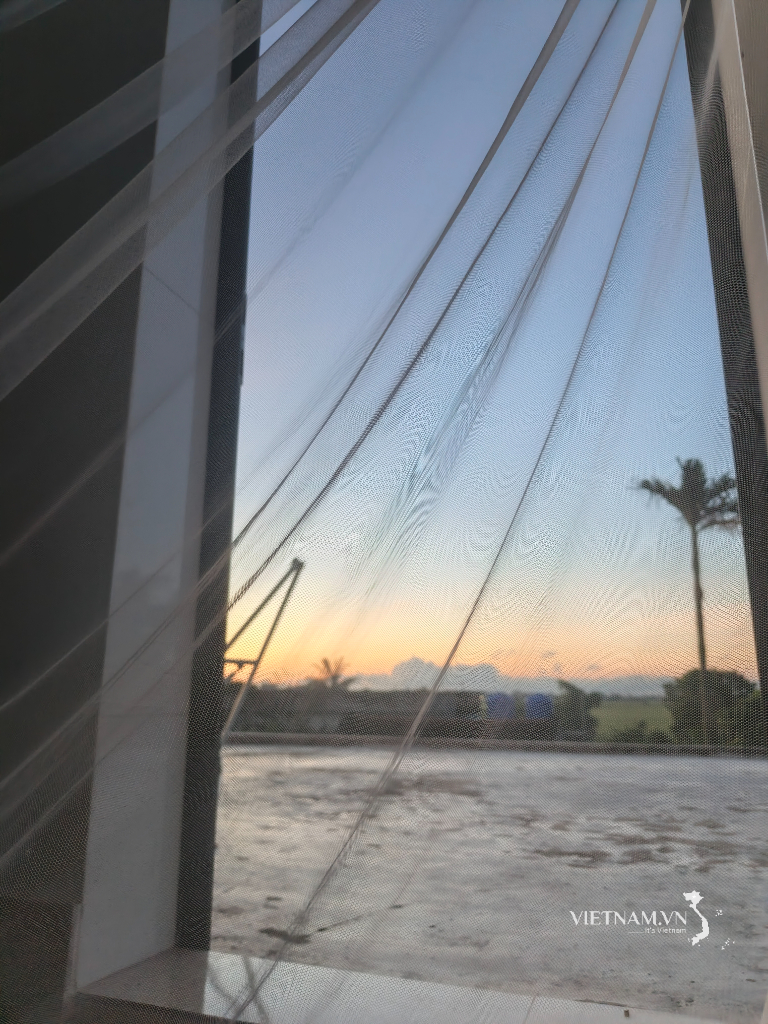
Comment (0)